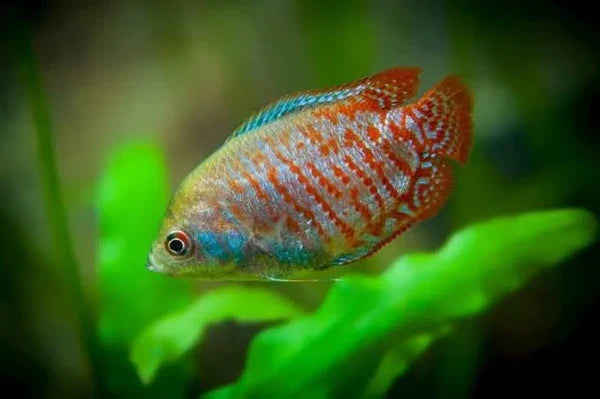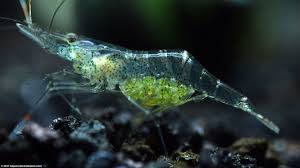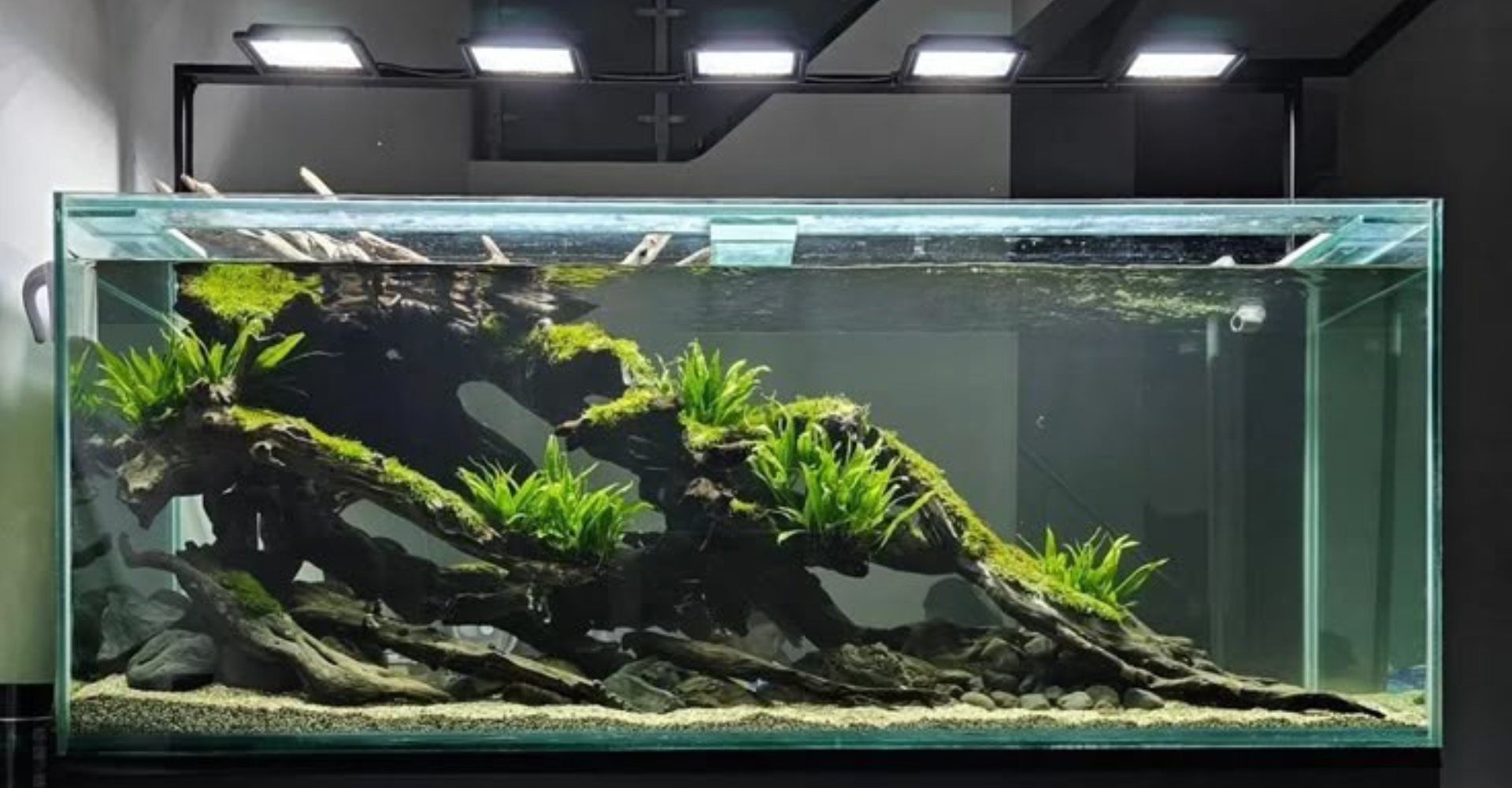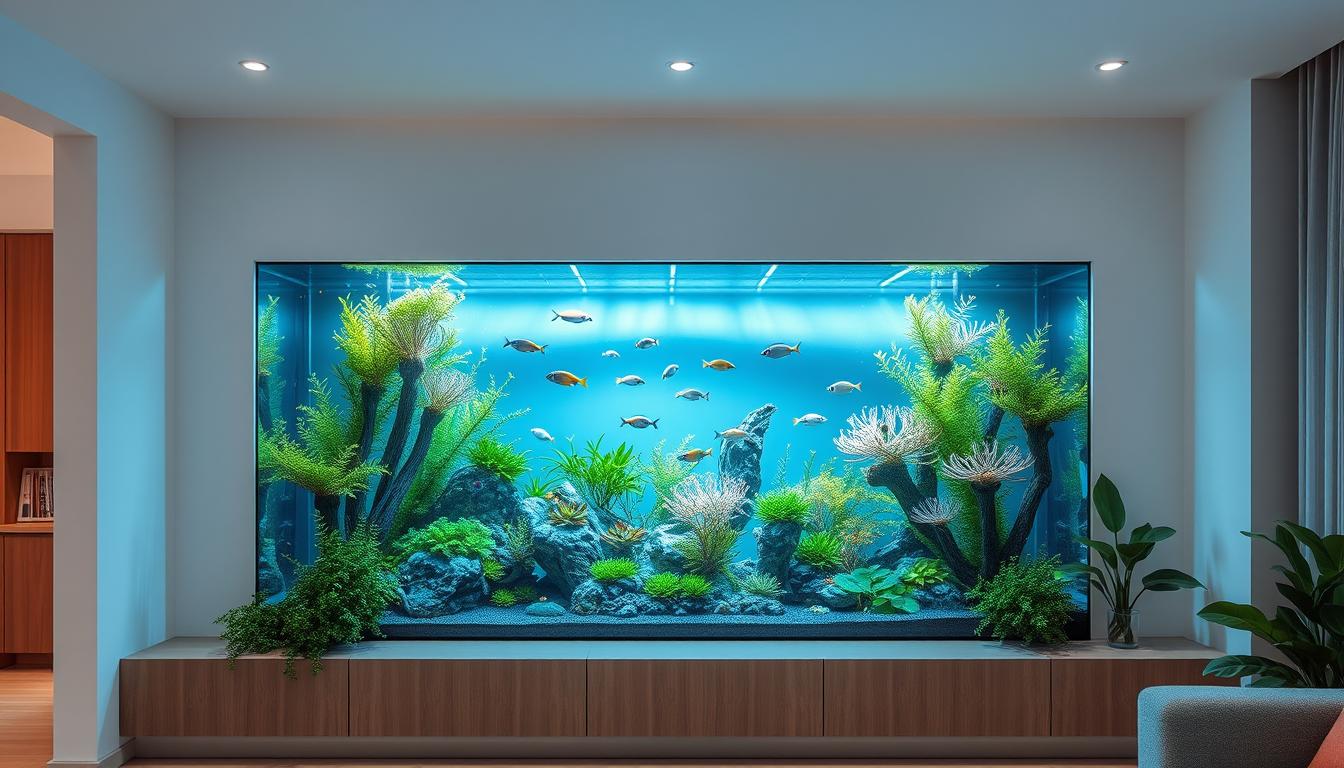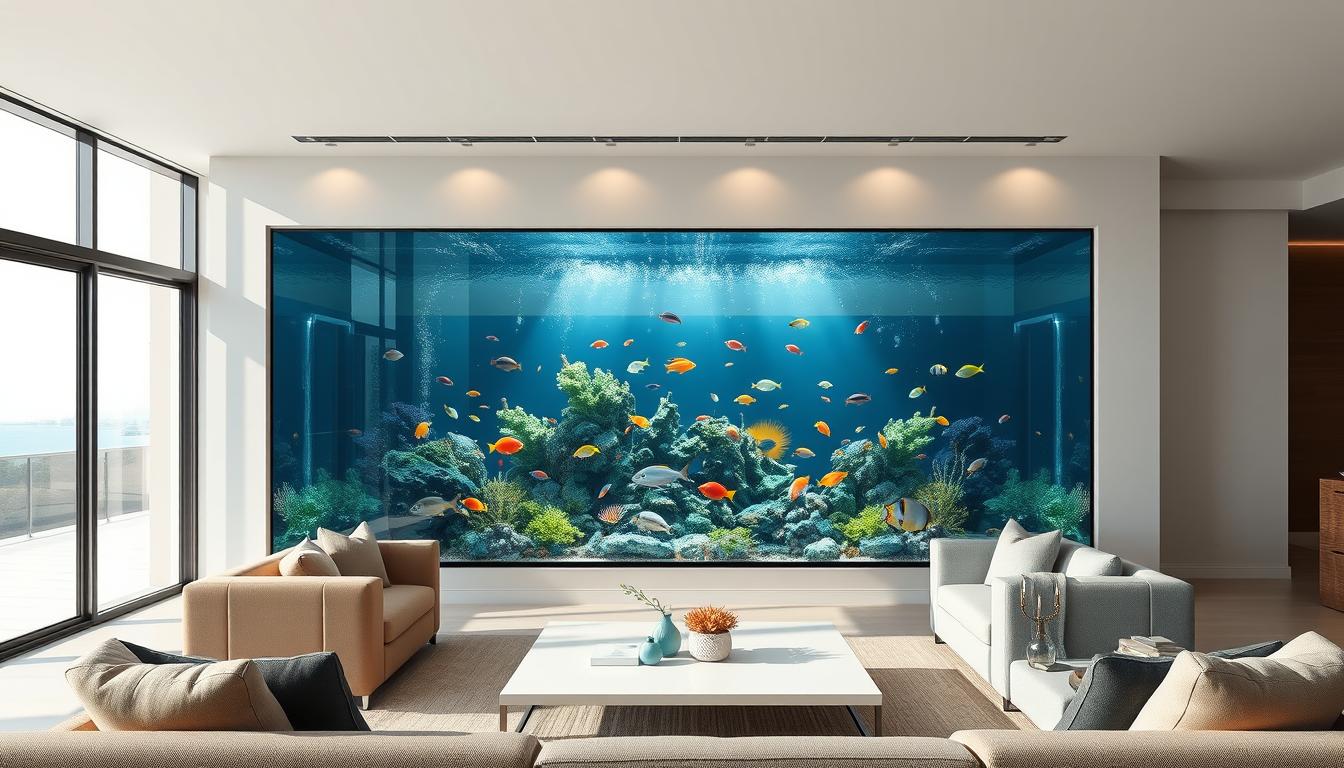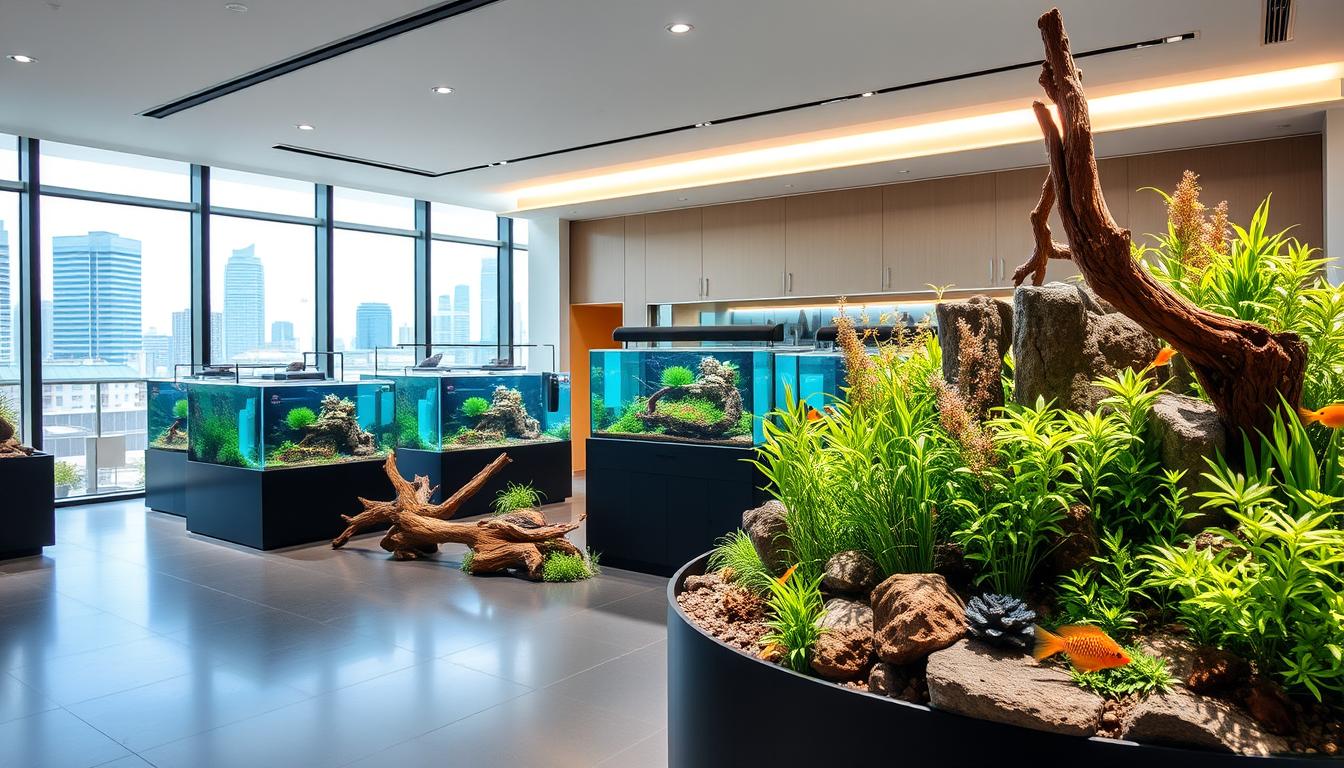Care Guild For Salvinia Auriculata - Planting, Growing, and Propagating.

Salvinia auriculata is a floating aquatic fern ideal for decorating aquariums and shrimp. This plant requires minimal care; it is hardy and highly adaptable to different water conditions.
Outstanding with a fast growth rate, Salvinia auriculata only needs abundant nutrients and light to thrive and spread a dense green carpet on the water's surface.
This article will provide how to grow, maintain and care for Salvinia auriculata in your aquarium.
Hey, want to buy WATER SPANGLES - SАLVINIА MINIMА?Salvinia auriculata is an aquatic plant known as African Barley, Butterfly Fern, and Ear Moss. Salvinia auriculata is classified under Salvinia, named in honour of Anton Maria Salvini, a 17th-century Italian scientist. The genus contains 12 species that are similar in appearance.
Salvinia Auriculata Habitat.
This free-floating fern inhabits still and slow-moving waters from lakes, rivers, ditches, reservoirs and rice fields. This species has been introduced and can be found as an ornamental plant in other parts of the world. Furthermore, Salvinia auriculata is listed as an invasive species in countries such as Cuba, Dominican Republic, Taiwan, Zambia and Zimbabwe.
It grows best in warm, nutrient-rich water and tolerates mild, occasional frosts and low salinity conditions.
Description of Salvinia Auriculata.

Salvinia auriculata is a perennial floating fern with many horizontally growing shoots. The colour of this aquatic plant varies from bright green to olive green.
It has many leaves arranged in three rings. Two of these three leaves are floating (usually 1 – 3 cm or ½ – 1 inch in size), while one is submerged.
The floating leaves are densely covered with smooth, egg-shaped guard hairs, and the third leaf in each helix is modified to form a finely divided root structure about 1-2 in size.
Plants undergo various morphological changes or forms of development depending on environmental conditions. These are primary, secondary, and tertiary growth forms. Floating leaves of the primary cast are flat, evenly spaced, and oval with a slightly lobed base. On the other hand, the leaves of the tertiary structure are dense and tightly folded upwards along the midrib. In contrast, the floating leaves of the secondary form are intermediate between the primary and tertiary forms.
Salvinia auriculata has no true roots and depends on the hairy protrusions of submerged leaves for root function. The submarine leaves also carry spore-forming structures called sporangia.
Requirements for storage tanks and water parameters.
Tank Size:
Salvinia auriculata can be kept in tanks of different sizes and depths because it floats on water. Under optimal conditions, it overgrows and takes up a lot of space. Remember that even a single plant can cover a 20-inch tank in quite a short time. Therefore, we recommend keeping them in a tank of at least 10 gallons (~40 L).
Water Type, Temperature, Hardness and pH:
Temperature: The ideal temperature range for this species is 71 – 80 °F (22 – 26 °C). Remember that the warmer the water, the faster the Salvinia grows and the larger its leaves. It can grow in a relatively wide pH range, and the optimal pH is from 6.0 to 8.0.
Hardness: In general, Salvinia auriculata is not concerned with hardness. It can easily withstand soft or hard water. Therefore, water hardness should be maintained in the range of 3 – 18 GH for this plant to grow and develop optimally.
Lighting:
Salvinia auriculata can thrive in medium to high light conditions. It needs bright light to overgrow and grow new shoots. Bright lighting can be provided with LEDs, which should be left on for at least 10 hours daily. Under low light, plant growth will decrease.

In nature, this plant grows in ponds, lakes, swamps, etc., which are airy, with very little shade. Therefore, direct sunlight is best for this plant.
This is unsuitable for aquariums with other plants and animals that may not like direct sunlight or intense artificial light. So we have to keep a balance here.
Water line:
In the natural ecosystem, duckweed lives in ponds, lakes, and shallow streams where the flow is slow. They usually do not live in fast-moving water. Therefore, a slow, still water flow is recommended for aquariums. Salvinia auriculata does not need CO2 quantification because they take CO2 from the air.
Floating plants draw a lot of essential nutrients from the water. Therefore, fertilizing in the water column would be appreciated. So if you want to speed up its growth, fertilizers (NPK- Nitrogen, Phosphorus and Potassium) or supplements should be provided regularly. Regular fertilizer addition increases yield and will lead to a healthier overall appearance.
Care and nursing Salvinia Auriculata.
Constant pruning is paramount in the event of an overgrown plant, especially when the plant seems to cover the surface of the aquarium or overwhelm it. This is when you should remove some of the foliage, leaving a substantial amount in the tank to grow and spread to the side shoots.

Salvinia auriculata can create too much shade in the aquarium. When light does not reach plants on lower levels, their growth is hindered, and they can become stunted.
Whenever you notice overgrown plants on the surface of the water, pick up some young shoots with a skimmer or fishing net, you can also use this opportunity to pick up diseased or damaged leaves.
Pay attention to the colour of the shoots; the foliage tends to lose its vibrant colour and can turn yellow when nutrients are lacking. To prevent this, add fertilizers that contain essential nutrients in the proper doses to supplement the nutrients the plants need for optimal growth.
Also, protect plants from condensation as it causes them to rot. The tank lid can be tilted slightly so that the water droplets will roll downhill back into the tank instead of dripping directly onto the leaves.
Be sure to carry out a partial water change by removing about 20-25% of the available water every two weeks and replacing it with fresh water. Besides that, reduce the water flow and provide a slow flow, as the plant likes to thrive in slow-moving water.
Cultivation and propagation of Salvinia Auriculata.
Salvinia auriculata is a floating plant on the water's surface. It can be grown in any aquarium by floating; just spread the finely divided parts over the water, let it flow and branch.

The first step is to properly separate and disinfect newly purchased plants. Next, spread the sections evenly over the water. Do not let the plants cover the entire surface; about a third is OK, as they will eventually branch and spread further.
This floating plant propagates vegetatively through fragmentation, i.e. continuous branching and detachment from lateral and terminal shoots.
Alternatively, one can split branches formed by existing trees to create new ones, promoting their spread in the water.
Issues related to Salvinia Auriculata.
Overgrowth: Salvinia auriculata is a fast-growing plant that can overwhelm the tank if left unattended. Therefore, the dense mass should be trimmed and removed occasionally to avoid overcrowding and shading on the surface. In addition, they will provide shade, thereby preventing light from reaching the plants at the bottom of the tank.
Oxygen depletion: If there is no aeration in the tank or no water flow that could disturb the surface – Salvinia auriculata should not be allowed to form a thick layer on the surface for long periods. It can lead to oxygen depletion in the water column due to reduced gas exchange. It has the potential to lead to suffocation for your fish or shrimp.
Leaf rot: This is caused by condensation droplets falling on floating leaves. Therefore, try to limit the contact of the leaf with water droplets; otherwise, it may die and damage the water quality as it rots.

Discolouration: Discoloration is a sign of poor health and lack of nutrients. Regular fertilization will help replenish nutrients in the tank water. The plants will have a uniform dark green colour and vigorous growth.
Benefits of Salvinia Auriculata.
Breeding Habitat: Salvinia auriculata provides a breeding ground for black tigers and dwarf shrimp. It provides shelter and shade for aquatic species that prefer low-light conditions. For example, its submerged root-like leaves offer refuge for the fry.
Oxidation: It promotes oxidation in the tank. Plants provide oxygen to the tank's water through photosynthesis and absorb toxins that are harmful to aquatic life.
Algae Control: Salvinia auriculata in the aquarium helps inhibit algae growth. Plants tend to crowd out algae for available resources, depriving them of the nutrients they need for their development.
Aesthetics: Salvinia auriculata is an attractive floating plant that improves the aesthetics of the aquarium. Its beautiful dense green foliage is an impressive addition to the tank; it makes your aquarium look more natural.
Removes excess nutrients: Salvinia auriculata helps maintain good water quality by removing harmful toxins such as ammonia, nitrates, nitrites, and other heavy metals. This plant overgrows, so it needs a lot of nutrients to keep up with its rapid growth pattern.
Salvinia Auriculata and tankmates.
Salvinia auriculata should be kept with aquatic species that can thrive in shaded aquariums. Here are some compatible species that can peacefully coexist with Salvinia auriculata.
MINI OCEAN COMBO: FOR NEWBIE FISH & PLANT LOVER
Amano shrimp.
Red nose.
Nerite snail.

Pygmy Cory catfish.




Quarantine Salvinia auriculata.
Remember to isolate Salvinia auriculata before introducing it to your aquarium!
Plants can have parasites, pests like snails or even predators. It can also be treated with chemicals (pesticides) to eliminate parasites, snails, etc. However, these chemicals are highly toxic to fish, shrimp and other invertebrates.
RED CHERRY SHRIMP X DARWIN SHRIMP: THE SPECIAL BUNDLE
Conclusions.
Floating plants are beautiful; they provide many benefits and assist in creating a natural ecosystem suitable for aquatic life.
Salvinia auriculata can completely change the look of your tank, helping to create a natural look reminiscent of ponds and marshes. It adds great value to an aquarium and doesn't require much maintenance effort. If you've ever considered adding floating plants to your tank, now is the time. Salvinia auriculata is an excellent choice.

